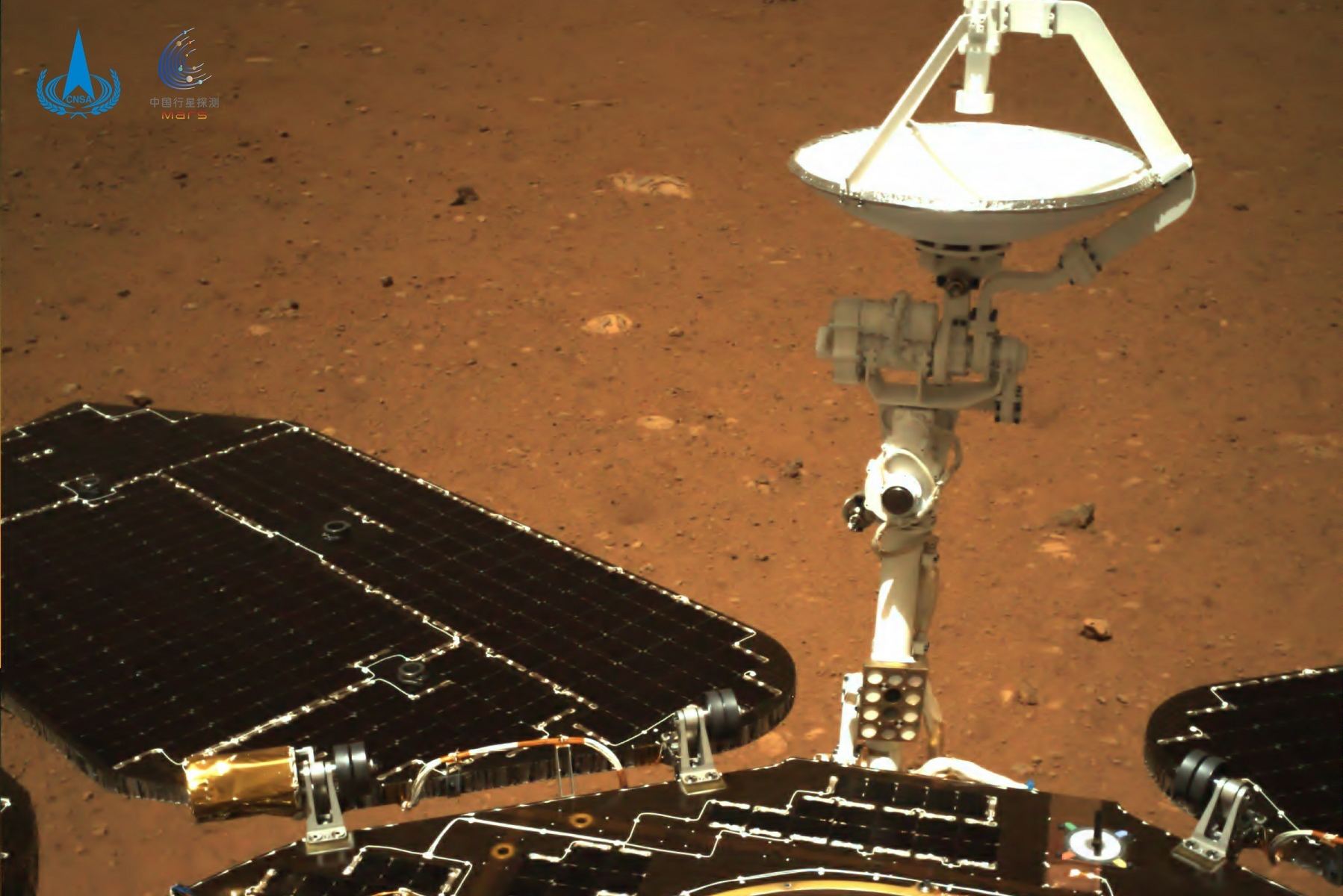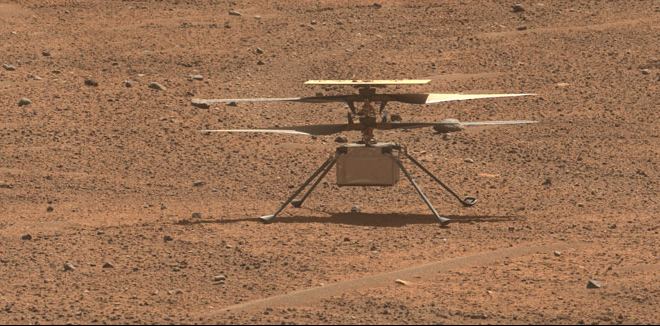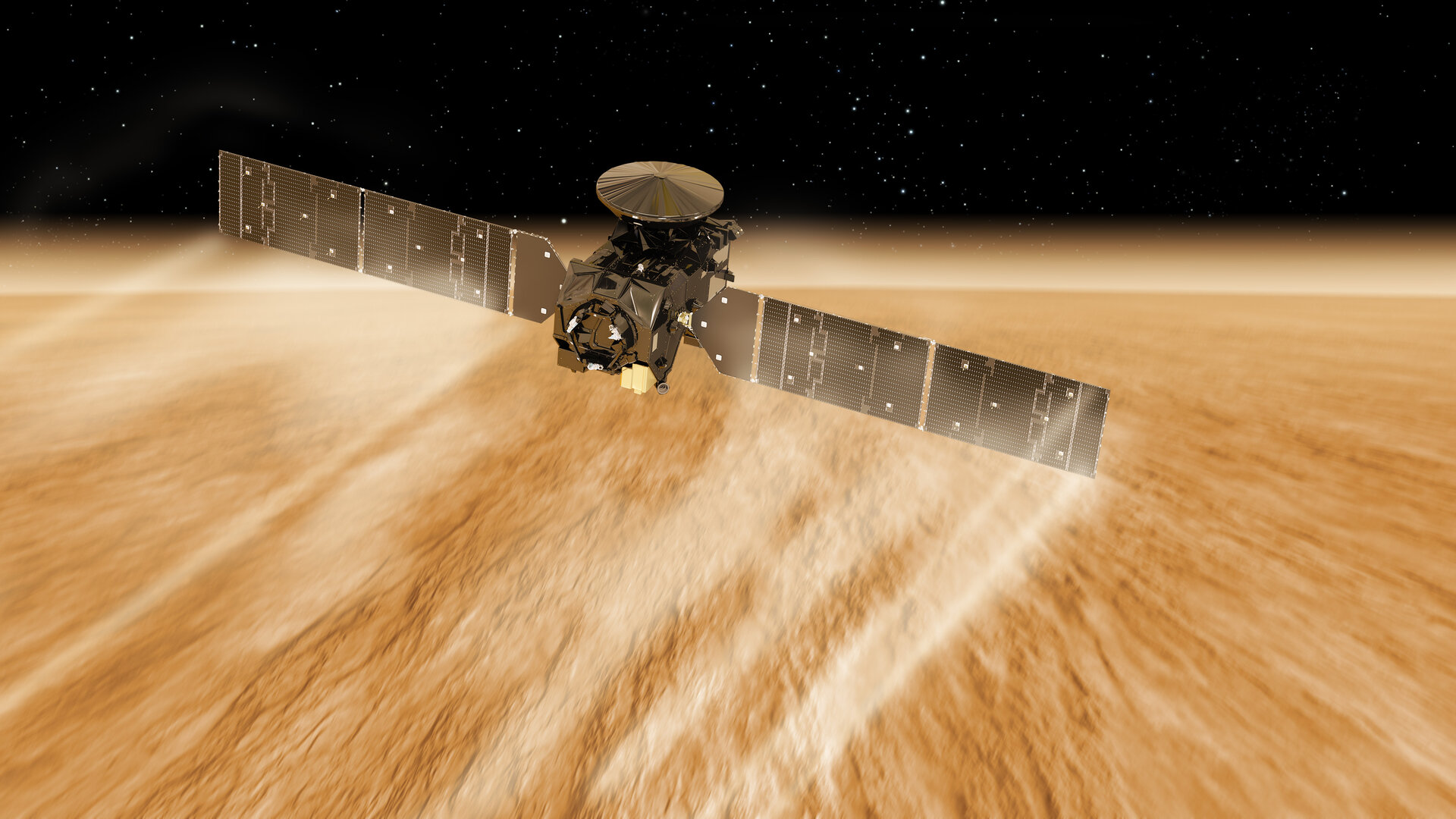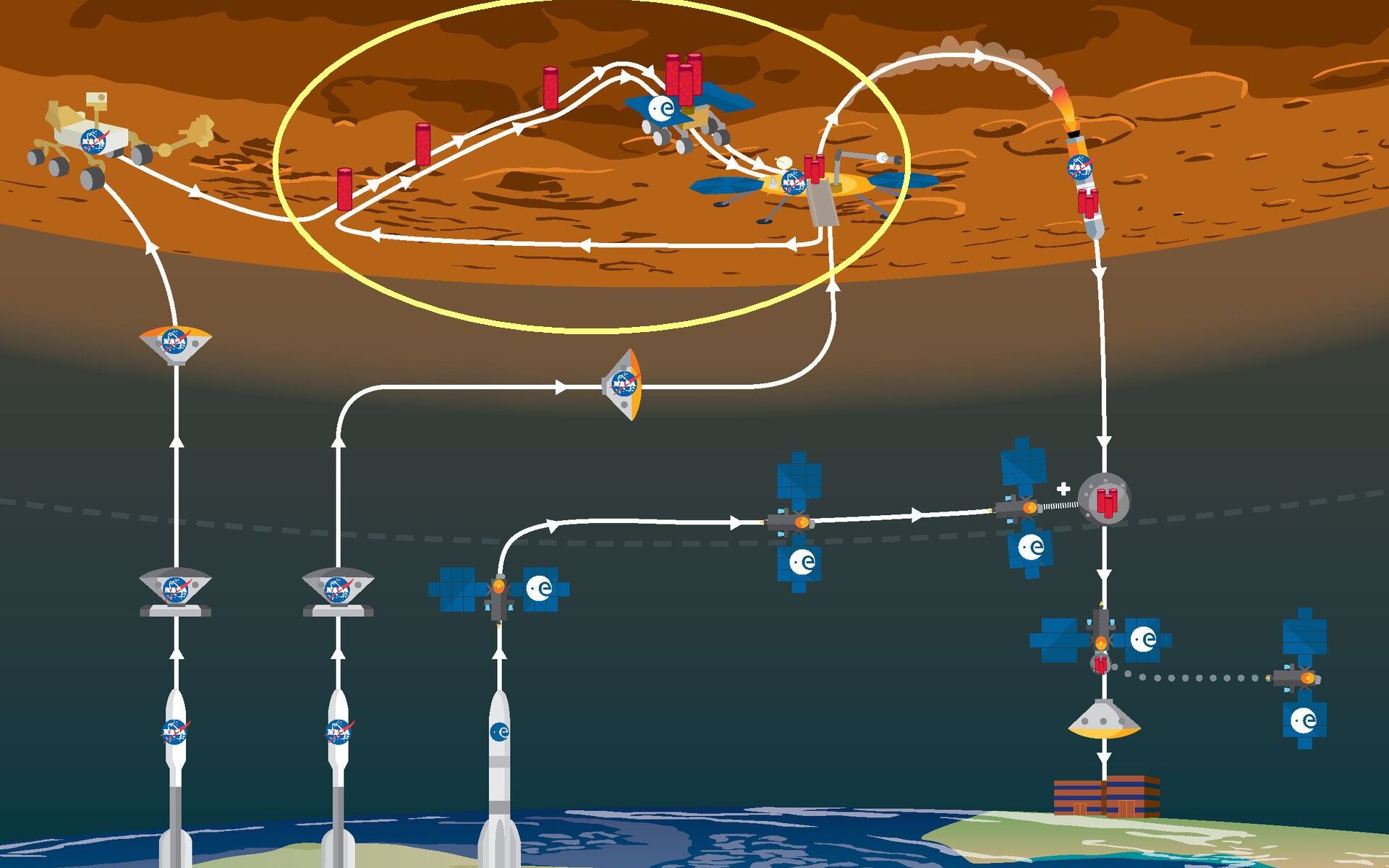On November 8th, NASA’s Curiosity Rover paused its incessant science work and just watched the day unfold on Mars. The rover used its black-and-white Hazard-Avoidance Cameras (Hazcams) to watch an entire 12-hour day on Mars as the shifting Sun cast shadows across the Martian landscape. NASA chose this day because of the Mars solar conjunction when the Sun interferes with communications with the Red Planet, meaning the rover doesn’t do any roving about. The timelapse comprises 25 frames from both the front and rear Hazcams.
Continue reading “Watch a Full Martian Day, From Dawn to Dusk”Watch a Full Martian Day, From Dawn to Dusk










